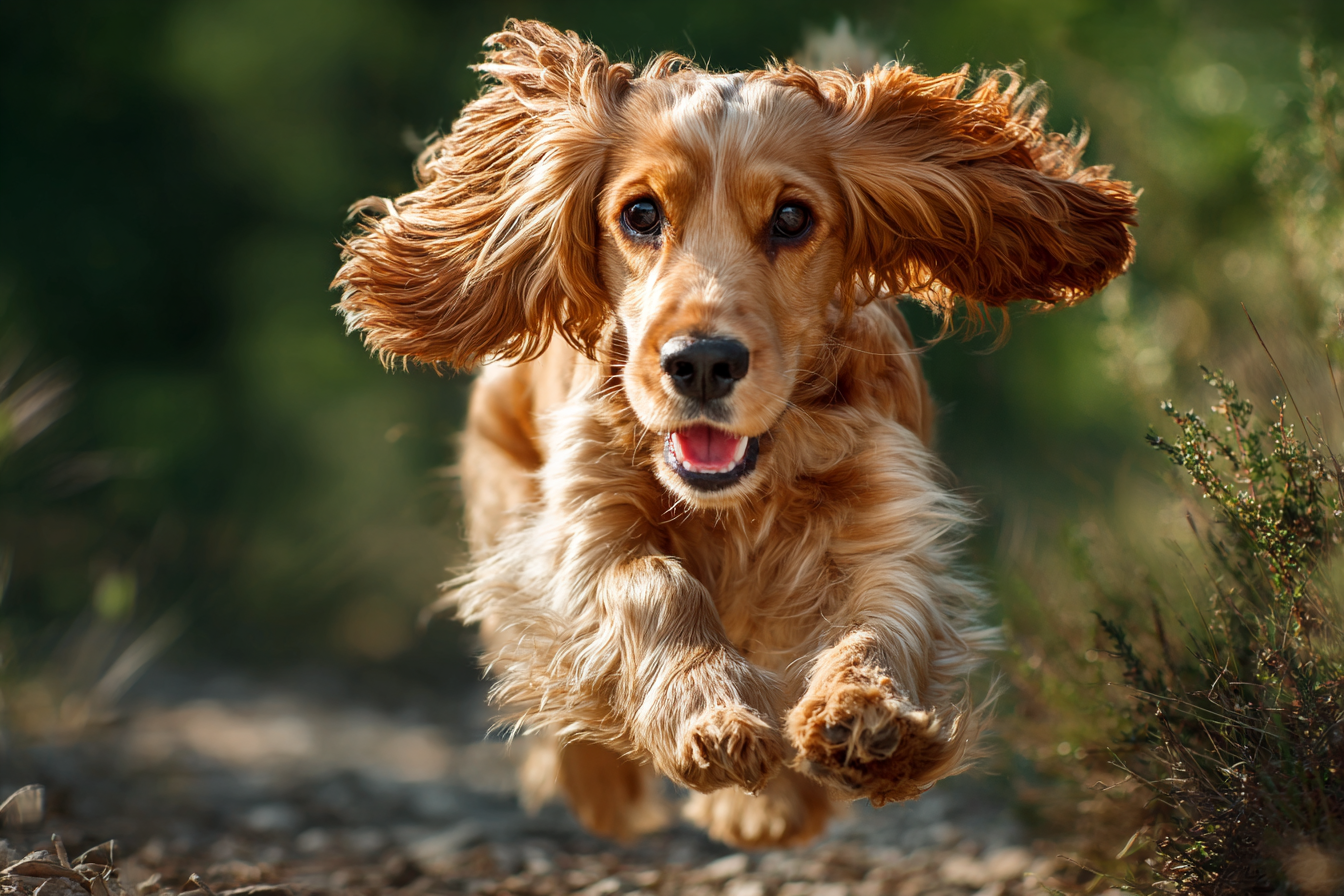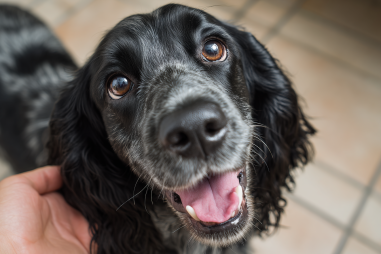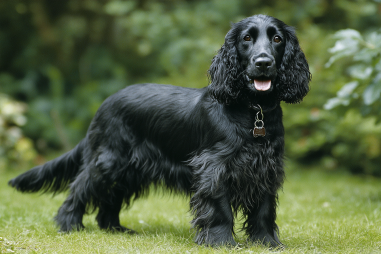English Cocker Spaniels are lively, affectionate, and intelligent dogs that make wonderful companions for active individuals and families. One of their defining characteristics is their high energy level, which means they require regular exercise to stay healthy and happy. Understanding the exercise needs of your English Cocker Spaniel is essential for maintaining their physical health, mental well-being, and overall quality of life. In this article, we’ll explore just how much exercise your English Cocker Spaniel needs each day, the best types of activities to keep them engaged, and how to ensure their exercise routine remains safe and enjoyable through every stage of their life.
Breed Energy Levels and Exercise Importance
English Cocker Spaniels are classified as sporting dogs, originally bred to flush and retrieve game during hunting expeditions. This background means they have a naturally high energy level and require more exercise than many other breeds. Without sufficient physical activity, they can become bored, restless, or develop destructive behaviors such as chewing furniture or excessive barking.
Exercise not only helps them burn off excess energy but also provides essential mental stimulation. Since the breed is intelligent and eager to please, regular activity helps to sharpen their minds, reinforce obedience, and enhance their emotional health. A tired English Cocker Spaniel is generally a content and well-behaved one.
Recommended Daily Exercise Duration
Most experts recommend that English Cocker Spaniels get at least 1 to 2 hours of exercise every day. This amount is often divided into two or more sessions—that could mean a brisk morning walk and an afternoon play session, for example. Puppies and younger dogs tend to have more energy and might benefit from shorter bursts of exercise multiple times a day, while older dogs may prefer slower, more sustained levels of activity.
It’s important to tailor the exercise to your dog’s individual energy level, health status, and age. Some English Cocker Spaniels are more laid-back, especially those that are closer to retirement age, but most will thrive with at least an hour of moderate exercise each day to maintain muscle tone and cardiovascular health.
Types of Exercise: Walks, Playtime, and Mental Stimulation
English Cocker Spaniels enjoy a variety of exercise types, which means you can mix up your daily routine to keep things interesting for your pup:
- Daily Walks: Walks provide a chance for physical activity, socialization, and mental stimulation. Going to different locations exposes them to new smells and sights.
- Playtime: Active games like fetch, tug-of-war, or agility training tap into their energetic and competitive streak while strengthening your bond.
- Mental Stimulation: Puzzle toys, obedience training, scent work, and problem-solving games are especially beneficial. Mental exercise can be just as tiring as physical play for your dog.
- Swimming: Many English Cocker Spaniels enjoy water and swimming is a low-impact exercise great for joints and muscle conditioning.
Combining physical and mental activities ensures your English Cocker Spaniel stays well-rounded and less likely to develop behavioral issues.
Outdoor vs Indoor Activities
While outdoor exercise is ideal for your English Cocker Spaniel because it engages multiple senses and usually allows more room to run, indoor activities can also help fill gaps in their routine, especially during bad weather or when outdoor time is limited.
Outdoor activities might include:
- Leisurely or brisk walks through parks or trails
- Playing fetch or frisbee in a fenced yard
- Exploring new environments to stimulate their curiosity
Indoor options could be:
- Interactive puzzle feeders
- Training sessions using new obedience commands or tricks
- Playing hide and seek with toys or treats
Keeping a balance between outdoor and indoor exercises means your English Cocker Spaniel gets enough physical movement even when outside time is restricted.
Tips for Safe Exercise
Safety should always be a priority when exercising your English Cocker Spaniel. Here are some tips to help keep your dog safe and comfortable:
- Start Slowly: Especially for puppies and older dogs, gradually build up the intensity and duration of exercise.
- Stay Hydrated: Always bring water and offer breaks, particularly on warm days or after intense activity.
- Watch the Weather: Avoid exercising during extremely hot or cold weather to prevent heatstroke or hypothermia.
- Check the Terrain: Avoid rough, rocky, or icy surfaces that could injure paws or joints.
- Use Proper Equipment: A well-fitted harness or collar and leash can prevent injury and improve control during walks.
- Monitor for Signs of Fatigue or Injury: If your dog seems reluctant to continue, is limping, or panting excessively, give them rest.
Adjusting Activity as Your Dog Ages
As your English Cocker Spaniel gets older, exercise needs will change. Senior dogs usually have lower stamina, may experience joint issues such as arthritis, and require gentler forms of movement to stay healthy without overdoing it.
Here’s how you can adjust:
- Shorter But More Frequent Walks: Instead of one long walk, several shorter walks help maintain mobility without excessive fatigue.
- Low-Impact Activities: Swimming or gentle play in soft grass protects joints better than running on hard surfaces.
- Encourage Mental Engagement: Continue training sessions and interactive games to keep their mind sharp and spirits high.
- Consult Your Veterinarian: Work with your vet to develop an exercise plan tailored to your senior dog’s health status and limitations.
Adapting their routine ensures your English Cocker Spaniel remains active and satisfied during their golden years.
Keeping Your English Cocker Spaniel Happy and Healthy
Regular, appropriate exercise is crucial to the well-being of your English Cocker Spaniel. By dedicating time each day to both physical activity and mental stimulation, you’ll help your dog maintain a healthy weight, strong muscles, a lowered risk of behavioral problems, and a joyful disposition. Whether through walks, playtime, or training, the key is consistency combined with variety to keep your furry friend engaged and looking forward to each active day together.







